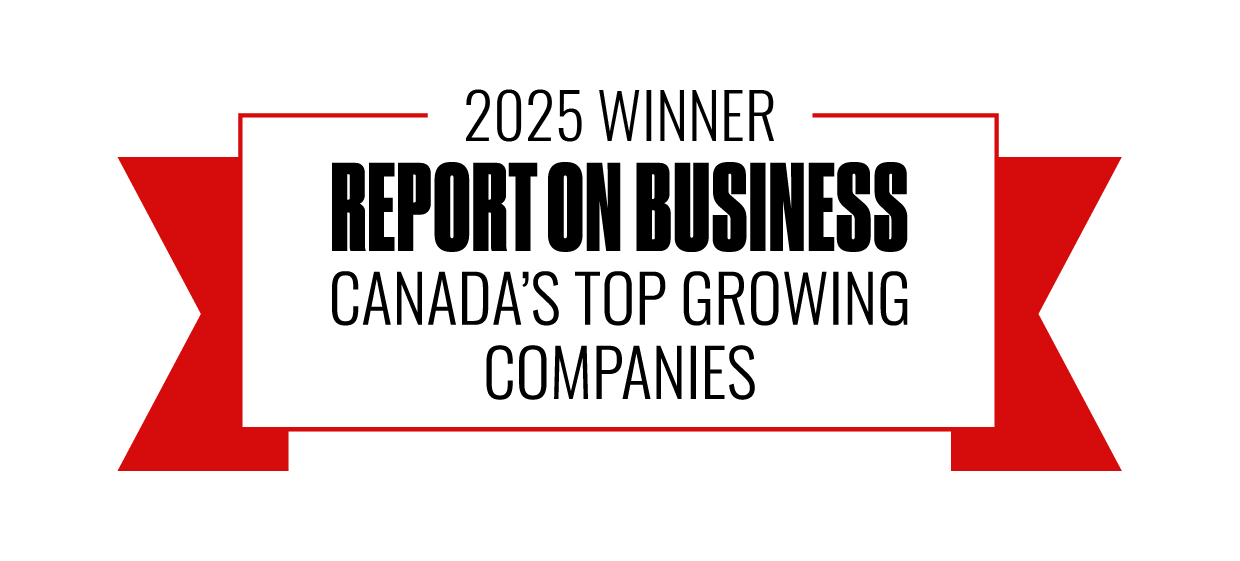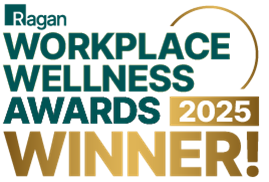
The COVID-19 pandemic changed how businesses operate. Most companies shifted from full-time in-office to a hybrid work model, with some companies even adopting a fully remote work model. This “new normal” working environment has been maturing over the past few years, and it is now used as a differentiator for many employers in attracting and retaining talent. Beyond the added flexibility perks for employees, hybrid environments must ensure a couple of key imperatives: performance, accountability, and strategic alignment with business objectives.
What we are observing is that this cultural shift is at an inflection point. Employees expect flexibility and autonomy, whereas employers are under pressure to optimize their business, grow profits, cut costs, integrate new technologies, and remain competitive. The million-dollar questions that we hear daily are:
(1) How do you monitor and ensure performance without micromanaging your staff while working at home?
(2) How do you build/preserve your company culture without a physical connection?
Hybrid Work in 2025: Are Companies Ready for the Return to Office?
After a couple of years of flexible workplace policies, we are seeing a significant change in 2025. According to Gartner, Statista, and Robert Half, more than 70% of companies now have a formal return to office (RTO) policy in place, with most companies requiring a minimum of 3 days a week in the office.
RTO policies are effective in growing the business, given that in-person connection and collaboration are reducing time spent in meetings and could resolve problems faster. Still, companies are reporting that RTO policies are causing the company to lose talent as employees do not want to commute to the office.
Different policies yield different results in engagement, collaboration, and innovation in the workplace. Hybrid workers outperform traditional in-office employees, only when they have the right tech stack that can drive accountability. (Stanford Report, June 12, 2024)

Which Tools Are Right for Your Team in the Hybrid World?
As new technologies are introduced and adopted in the workplace, the question arises: which application do you use for what, what is the optimal blend of tools, and how do you monitor the associated cyber risks?
These are some commonly used tools which need to be used in the right balance:
- Communication – Microsoft Teams, Slack, Zoom, Google Chat/Meet
- Project Management – Asana, Trello, Jiro
- Productivity Tools – Microsoft 365, Google Workspace, Notion
- Time Tracking – Clockify, Clockwise, SAP, Harvest
The examples listed above are just scratching the surface when it comes to remote and hybrid work tools available out there. This is where many organizations struggle by falling into the trap of implementing too many of these tools, which can lead to software fatigue and result in poor adoption and increased IT overhead. We usually see that a mid-sized firm should limit its productivity tools to 2 – 3 tools. This can be achieved by going through a regular Optimization process to identify redundant tech that is not being used by employees.
With remote and hybrid work, companies inevitably open more external connections into their systems — which increases cybersecurity risks. To mitigate this, organizations should implement a virtual private network (VPN) to secure and encrypt connections, along with enterprise-grade antivirus software to scan incoming traffic and files.
As an additional safeguard, it is best practice to block USB drives to prevent unauthorized data transfers. Instead, enable file sharing exclusively through a secure platform such as Google Drive or SharePoint.
How Should You Approach Performance Management in a Hybrid Environment?
Now that you have determined which tools you want to use, how do you need to think about performance management? Managing performance without physical oversight could be a challenge, but it is not impossible. This is your opportunity to modernize how you define and measure work productivity and performance. Defining productivity varies depending on the industry and role:
- For sales, you can track sales per employee, revenue generated, or conversion rates.
- For customer service, you can use metrics like customer satisfaction scores or resolution times.
- For tech/creative/consulting, you can measure project completion rates, quality of work, user engagement, or client adoption.
Irrespective of the industry or the role, it is important to clearly define the metrics that will be used to measure performance and the benchmark used for each metric and communicate clear expectations on performance metrics with employees.
As they continue with their hybrid journey, it is important for organizations to measure outcomes, not hours, by tracking project completion, customer satisfaction, and impactful and meaningful measures rather than hours worked.
This can be achieved by leveraging your tech stack. All these systems and software packages have various types of tracking. Workday, for example, provides surface behavioral trends, feedback loops and early warning signs. This data can then be visualized through powerful KPI dashboards, which can be shared on a weekly basis (at a minimum) with the team.
Conclusion
Hybrid work is not just a trend, when done well, it can be a strategic business model. This is the future of leveraging a global workforce to help your business grow, and this can be done through intentionally selecting the right software that will help you drive data-driven results.
Begin by identifying your organization’s needs, then implement a tech stack that empowers employees rather than overwhelming them. Finally, measure the outcome using powerful and strategic KPI dashboards.




